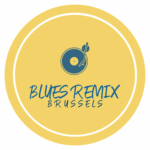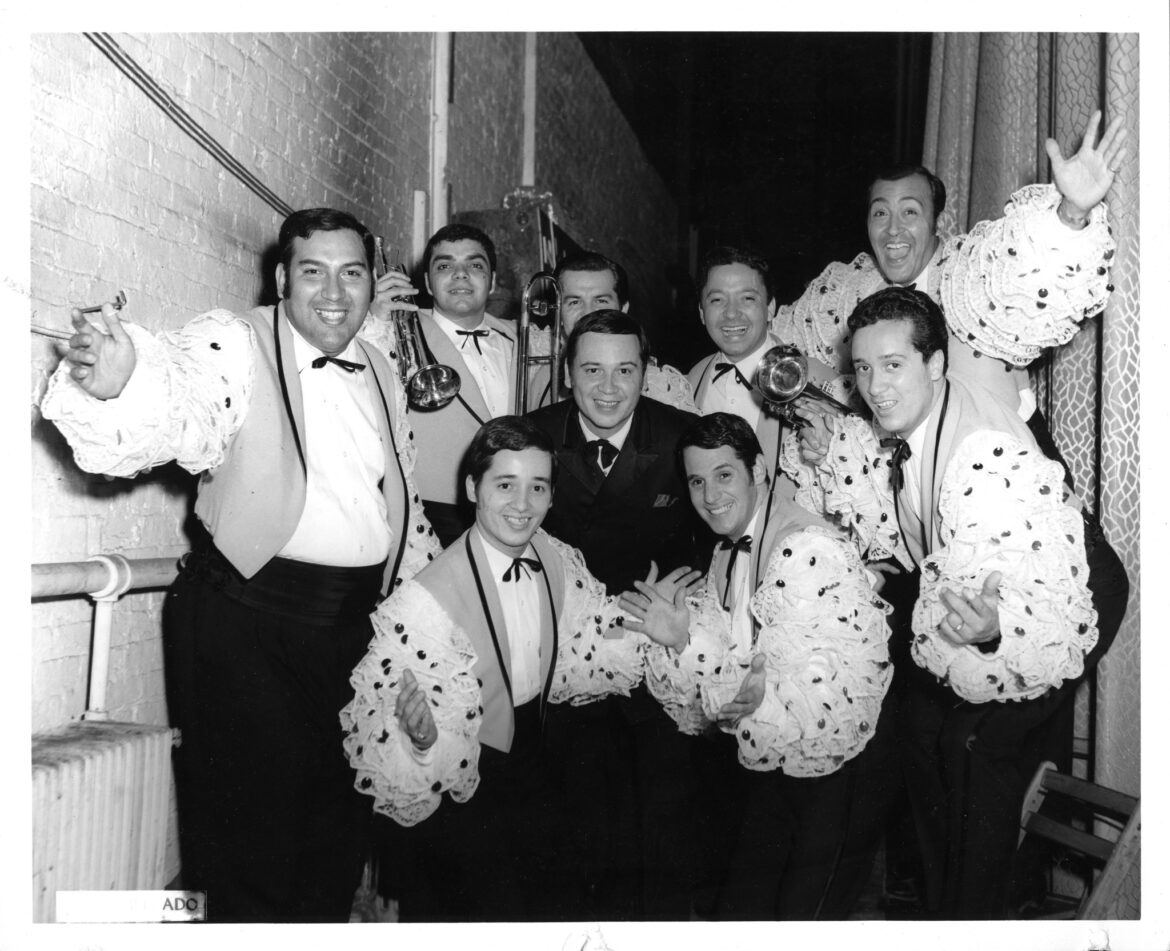When we talk about Blues dancing, we often focus on the slow drag, the shuffle, or the pulse of a Chicago groove. But the story of Blues as music and as dance is not isolated. It has always been in dialogue with other African diasporic traditions, evolving in conversation with rhythms that crossed oceans and neighborhoods alike.
One of the richest of these conversations happened in 1960s New York City, when a new generation of Afro-Latinos found themselves caught between worlds. Many didn’t feel fully “Latin” in the traditional sense, nor did they feel accepted as “North American.” Out of that tension and creativity was born a new sound: Latin Boogaloo.
✨ The Birth of a Hybrid Groove
Latin Boogaloo (sometimes called Latin Soul) merged Afro-Cuban rhythms like mambo, son montuno, and guajira with the soul backbeat and gospel clap of African American music. Bands quickly realized something important: when they played only Latin music, Black North Americans often left the dance floor. But when they blended Latin grooves with Blues and Soul energy, everyone kept dancing.
The result was a style that spoke across boundaries. Songs like “Bang Bang” (Joe Cuba Sextet) and “I Like It Like That” (Pete Rodríguez) became anthems of a new generation. The dance followed suit, a playful fusion of Cuban and Puerto Rican footwork, Blues body language, and James Brown style funk moves. Writers at the Blues Jazz Book Club highlight how these dances absorbed influences across traditions, showing that Afro-diasporic movement styles have always cross-pollinated on the social floor.
✨ Why It Matters for Blues Dancers
For Blues dancers today, learning Mambo and Boogaloo isn’t just about picking up a few flashy steps , it’s about deepening our groove and understanding the bigger picture of cultural exchange.
- Shared Roots – Like Blues, Mambo and Boogaloo come from African diasporic traditions of rhythm, improvisation, and storytelling.
- Rhythmic Awareness – Mambo teaches sharp syncopation and timing, while Boogaloo adds backbeat, funkiness, and call-and-response. Together they sharpen your ear and body for deeper Blues musicality.
- Expanded Vocabulary – Their movement styles enrich your dance toolkit: isolations, claps, grooves, shuffles, shimmies textures you can bring straight into your Blues.
- Cultural Respect – Dancing these forms reminds us that Blues has always been part of a larger dialogue. Afro-Cuban and African American musicians built bridges that shaped popular music. Honoring that dialogue makes us not just better dancers, but more aware participants in history.
✨ A Living Legacy
Boogaloo was a cultural response, a claim to space, and a celebration of belonging. It connected Black and Latino communities through music and dance, and its spirit still pulses today.
For Blues dancers, stepping into Mambo and Boogaloo is stepping into that same legacy of fusion, resilience, and joy. It’s about keeping the conversation alive on the floor, in our bodies, and in our communities.
So when you hit the floor at Blues Remix, let the clave meet the backbeat. Let the mambo footwork sync with the Blues shuffle. And let the spirit of Boogaloo remind us that when cultures merge, the dance never stops.
✍️ Author’s Note
This article was written by Eda O., after diving deep into Mambo and Boogaloo rhythms following her discovery at Espanish Blues Festival (Big applause to ESBF organisers) with Daniel Castillo. Special thanks to Alba Mengual for her generous and ongoing guidance on how to introduce these genres, their tools, and their roots to newcomers.🎶 Here are the setlists Daniel Castillo has prepared especially for you at Blues Remix:
Blues Boogaloo:
Blues Mambo:
📚 Want to dive deeper?

